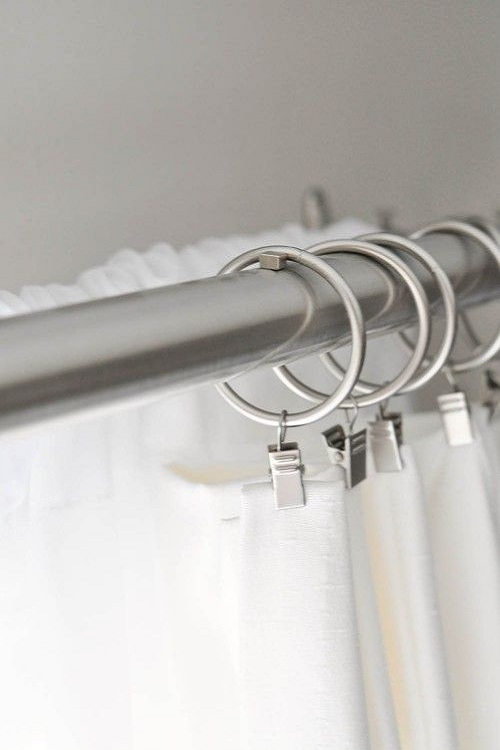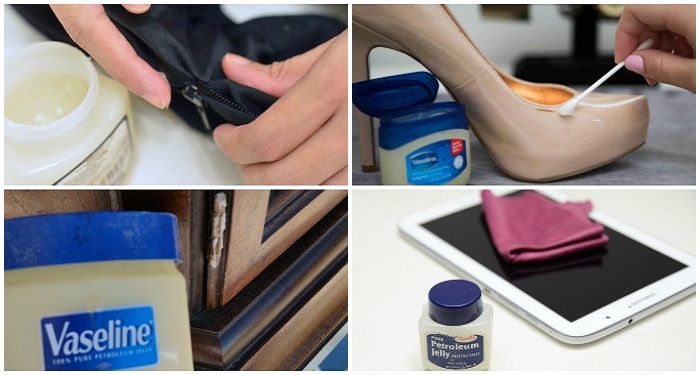You can find a tub of Vaseline in most bathroom medicine cabinets. In 1859, chemist Robert Chesbrough developed the gelatinous “petroleum jelly” substance to treat skin injuries. This smooth combination of natural waxes and mineral oils has made Vaseline a common household staple.
Here are 16 unique uses for the low-cost, multipurpose jelly around the house.
Protect Surfaces While Painting
Have you planned any painting projects for the near future? If that’s the case, painter’s tape can be replaced with Vaseline. You can use it to prevent paint from sticking to areas you don’t want painted, such as window glass, door hinges and knobs, and the edges of linoleum, tile, or wood floors. After you’re done painting, remove the gel by wiping it with water: Don’t bother scraping it!
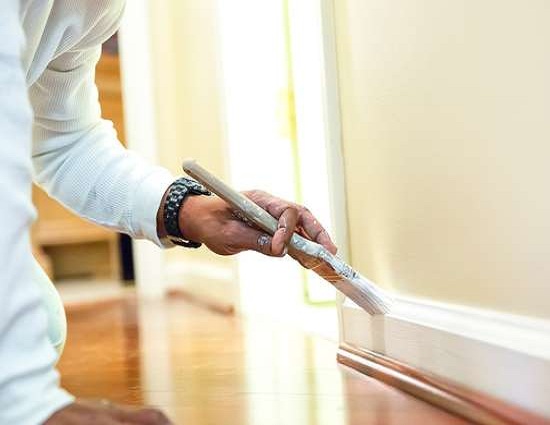
Add Decorative Detailing
A tub of Vaseline can be used to achieve a distressed paint look on furniture or walls. Spread the product liberally onto a paintbrush, then use it to sketch a design on the surface of your choice before covering it completely with paint. A unique two-tone effect will be created because the paint won’t stick to the Vaseline-coated areas.
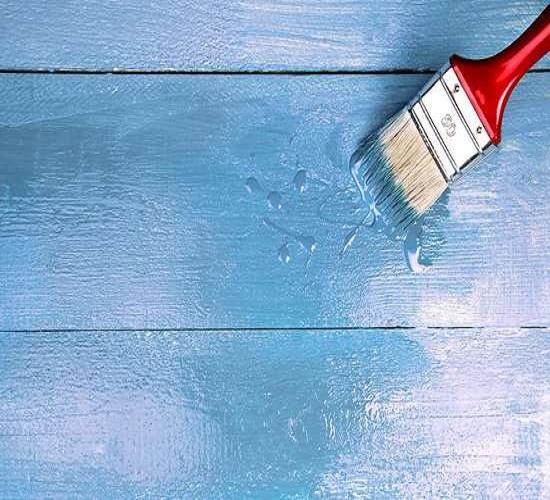
De-Scuff Your Shoes
Petroleum jelly like Vaseline can be used as a quick replacement for leather polish on leather items like shoes, boots, handbags, baseball gloves, and leather furniture. Shoes can be quickly polished by applying petroleum jelly and then buffing it with a cotton pad or cloth.

Keep Glue Fresh
Applying a thin layer of Vaseline under the cap and around the rim will prevent glues and adhesives from drying out. This will keep the cap from becoming permanently sealed due to a buildup of dried glue.
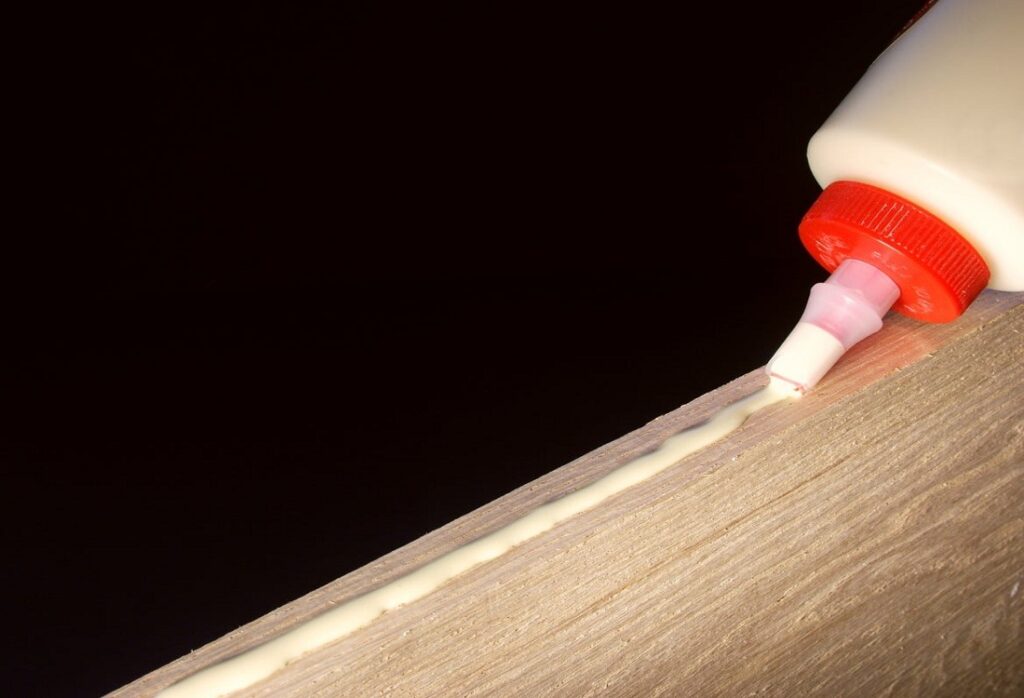
Silence Squeaks
As a lubricant, Vaseline can be used in place of WD-40. Squeaky or sticking door hinges, cabinets, windows, and sliding glass door tracks can all be treated with a thin layer of the gel. Petroleum jelly can be used to smooth out the seals on your fridge’s shelves, drawers, and racks.
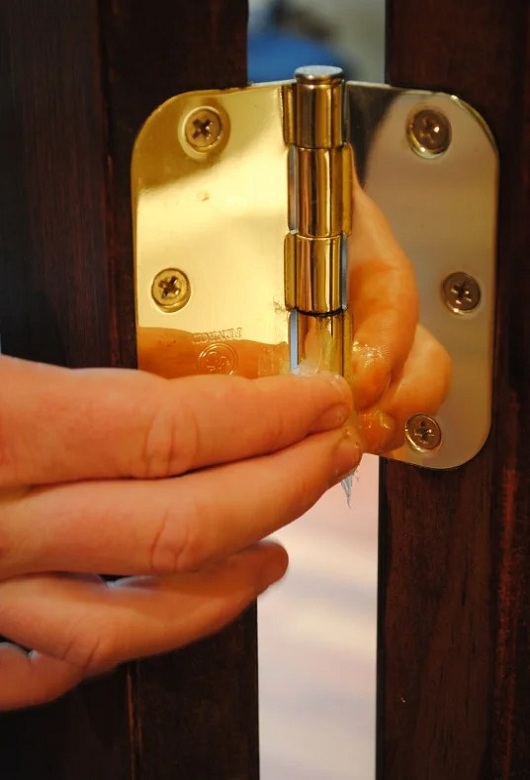
Fix Frozen Locks
Vaseline is great for a lot of things, but one of our favorites is keeping a lock from freezing up by rubbing some on the keyhole. Apply some Vaseline to the lock and key, then turn the key in the lock several times to spread the lubricant throughout the internal workings. The petroleum jelly will prevent the tumbler from collecting too much moisture, which could freeze and ruin your drink.
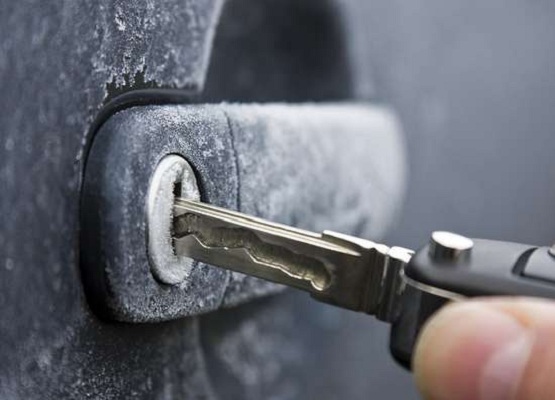
Lubricate Your Light Bulbs
It can be difficult to reach a light bulb socket and unscrew a burned-out bulb. Be preventative the next time you change a bulb by smearing some Vaseline on the threads of the new bulb before screwing it in. Unscrewing the bulb when it burns out won’t require quite as much force.

Remove Stains
Candle wax, gum, crayon, and makeup are just some of the items that can be cleaned with Vaseline. Apply some Vaseline to a damp cloth, dab it on the stain, and wait a few seconds for it to soak in. Because repeated blotting may be necessary, be thorough until the stain disappears. Keep in mind that the Vaseline itself may leave a stain, so you may need to use liquid dish soap to completely remove the oil.
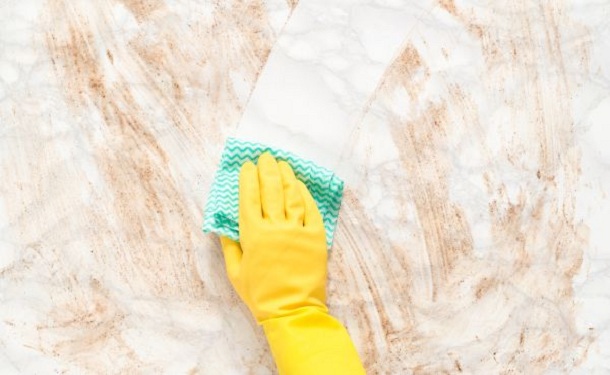
Fight Rust on Tools
Here’s how to maintain your tools and machinery: Apply some Vaseline to the dull edges and blades and rub it in between uses. Rust and decay are kept at bay by the gel coating.

Battle Battery Corrosion
Car batteries that have corroded can be a pain to deal with on multiple fronts. Vaseline can be used to help protect your battery from corrosion, even in sub-zero temperatures. You can do this by removing the terminals and brushing them off with a wire. After that, reconnect the terminals and seal the connections with a thin layer of Vaseline to prevent further corrosion.
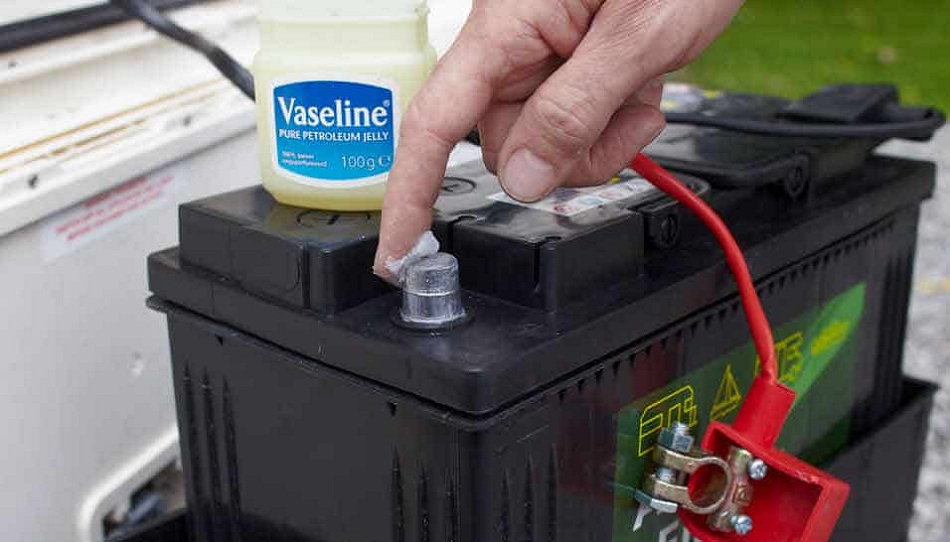
Prolong Pumpkins
Apply a thin layer of Vaseline around the inside and outside of your jack-o’-lantern to prevent it from rotting before Halloween. The gel acts as a preservative, extending the life of your pumpkin.

Control Insects
Vaseline can be used to repel insects such as ants and mosquitoes. Spreading a very thin layer on door and windowsills can help keep crawling insects away from people and pets. Vaseline can be used as a non-toxic alternative to flypaper: Pests can be captured using a dab of petroleum jelly on the inside of a jar top. After you’ve successfully trapped the pests, you can toss the lid. Finally, if squirrels are continually stealing from the bird feeder, try applying a thin layer of Vaseline to the pole or hanging bracket to prevent the rodents from sticking.
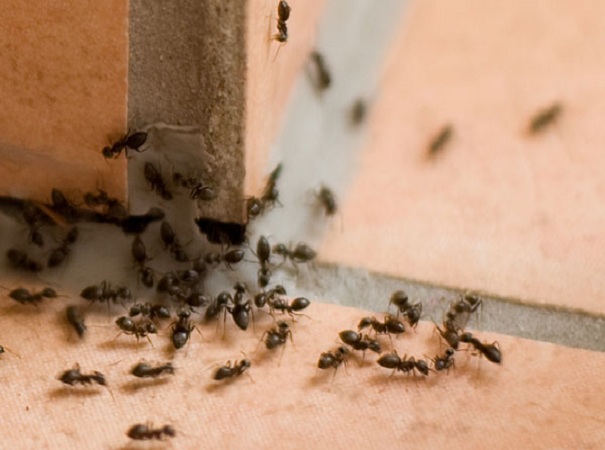
Repair Scratches
Apply a thick layer of petroleum jelly to the damaged area and wait for it to sit undisturbed for 24 hours to repair minor scratches, water rings, or small stains on wood furniture. Use a clean cloth to remove any excess, then rub what’s left into the wood before applying a final coat of furniture polish.
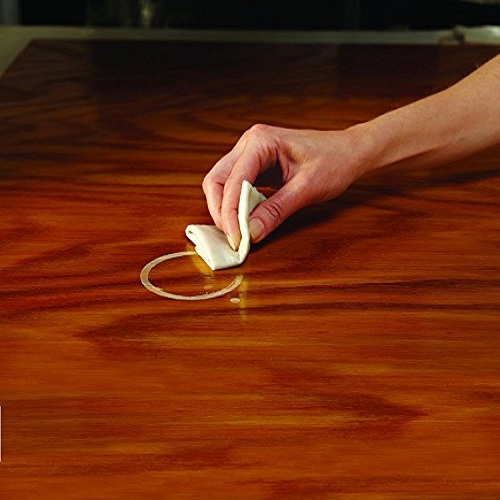
Banish Soap Scum
Remove soap scum with ease using Vaseline. Put a small amount of the gel on the affected areas, such as the faucets, handles, and tiles, and let it sit for a few minutes so that it can absorb the soap scum. A gentle cleaning and buffing with a microfiber cloth should restore its shine. While you’re there, lubricate the threads of the faucet handles with Vaseline to prevent leaks.
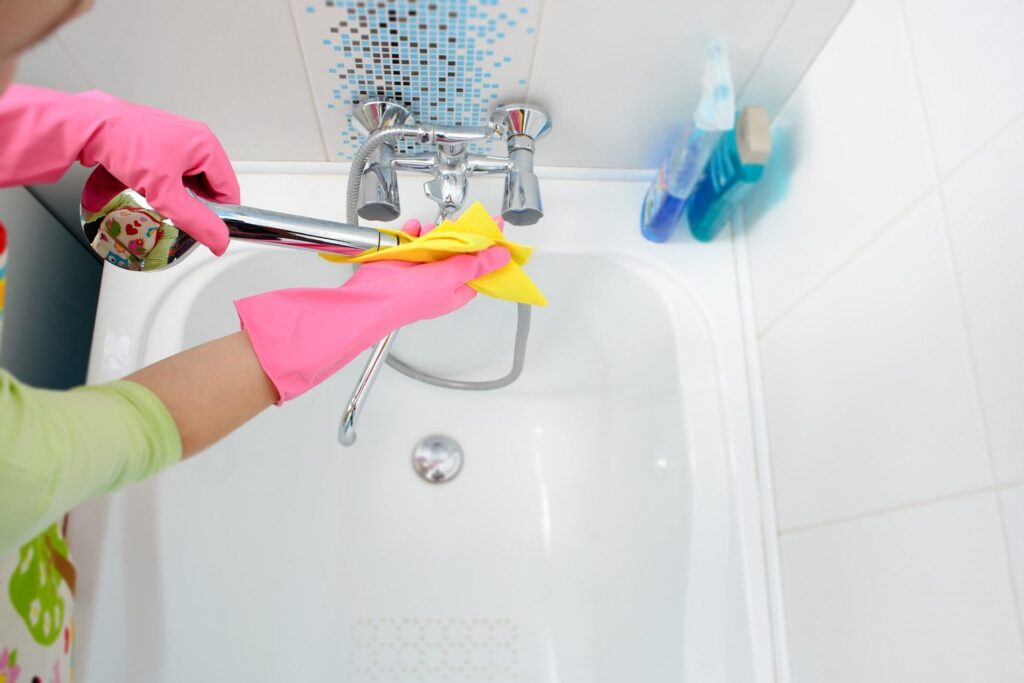
Loosen a Stuck Zipper
Use petroleum jelly to lubricate the zipper the next time you can’t zip your purse or jacket. Apply a thin layer of Vaseline to the top and bottom of the zipper’s track and give it a tug to make it slide more smoothly. It should now effortlessly open and close!

Facilitate Easy Sliding of Curtains on Rods
Curtains with grommets can be made to slide more easily on a rod by rubbing the rod with a bit of Vaseline. (You can use the same method on a shower curtain.)
